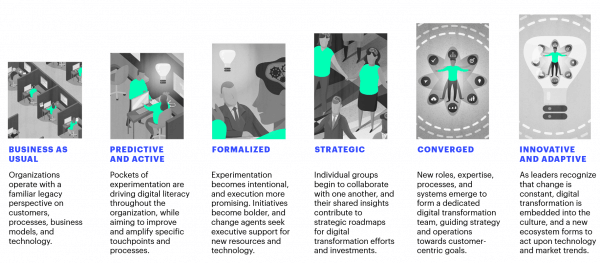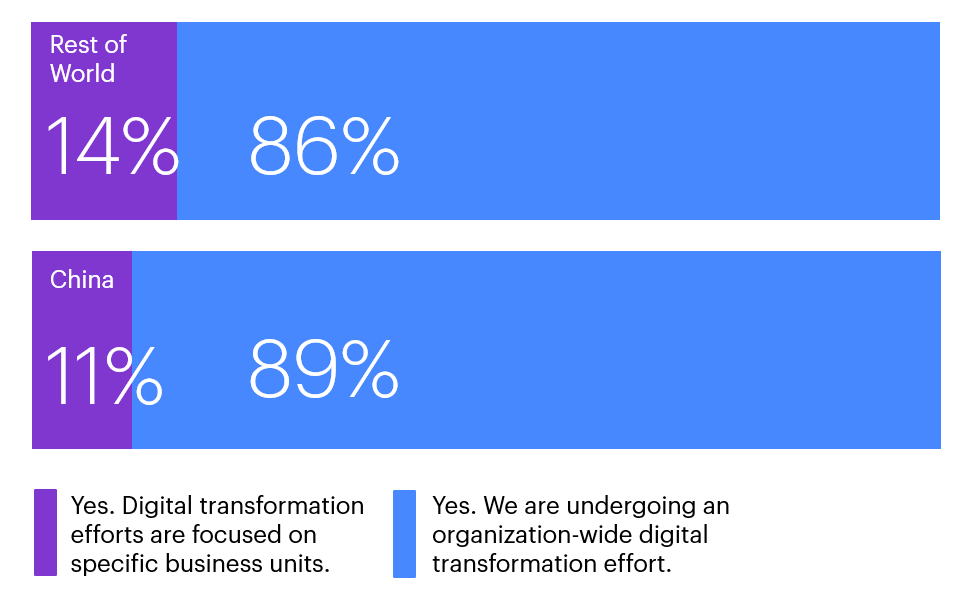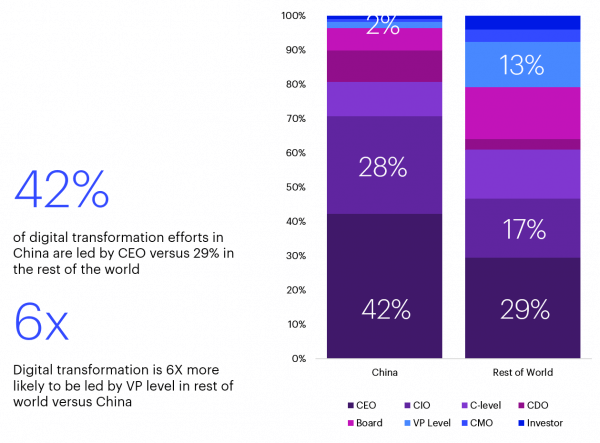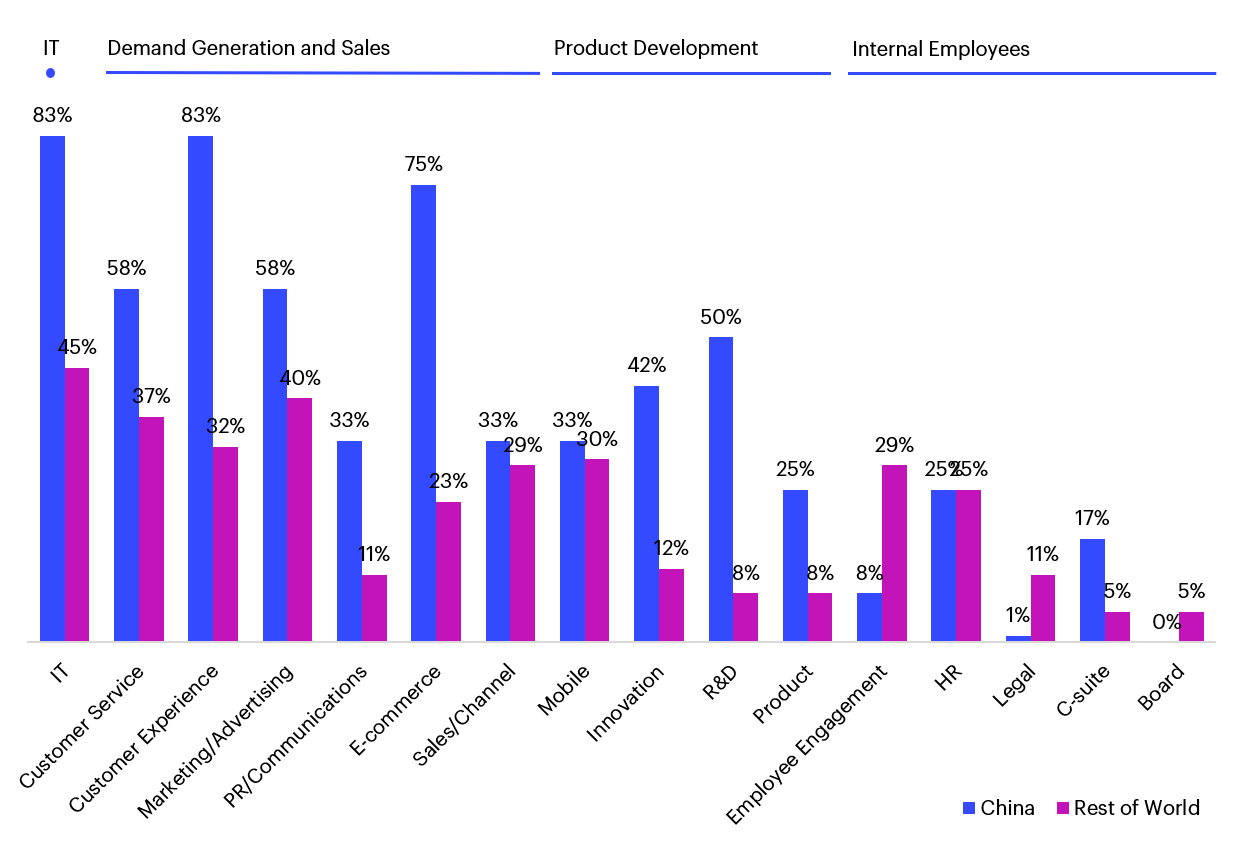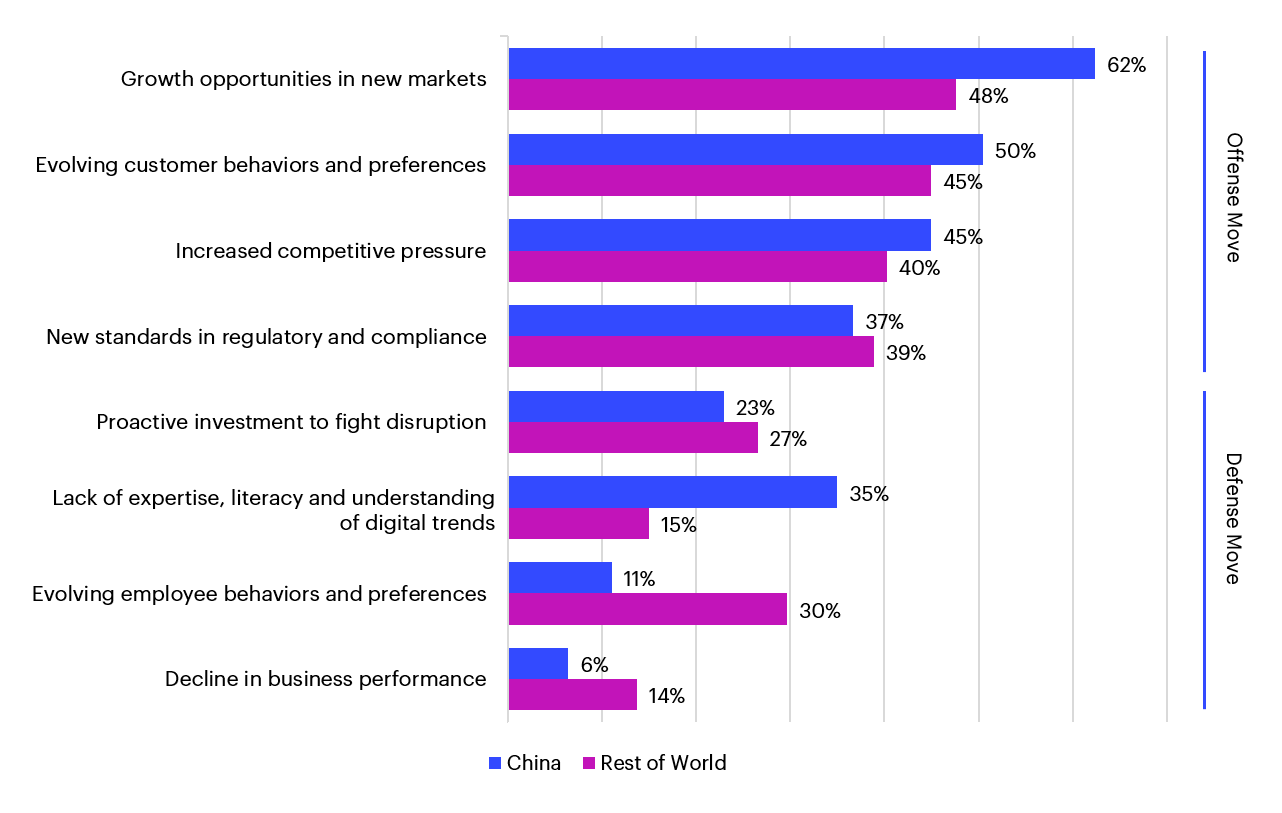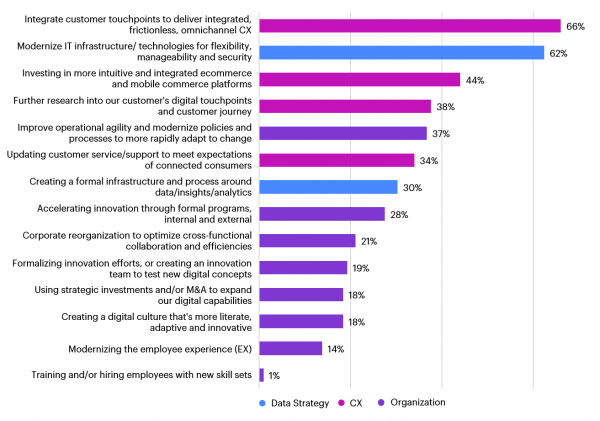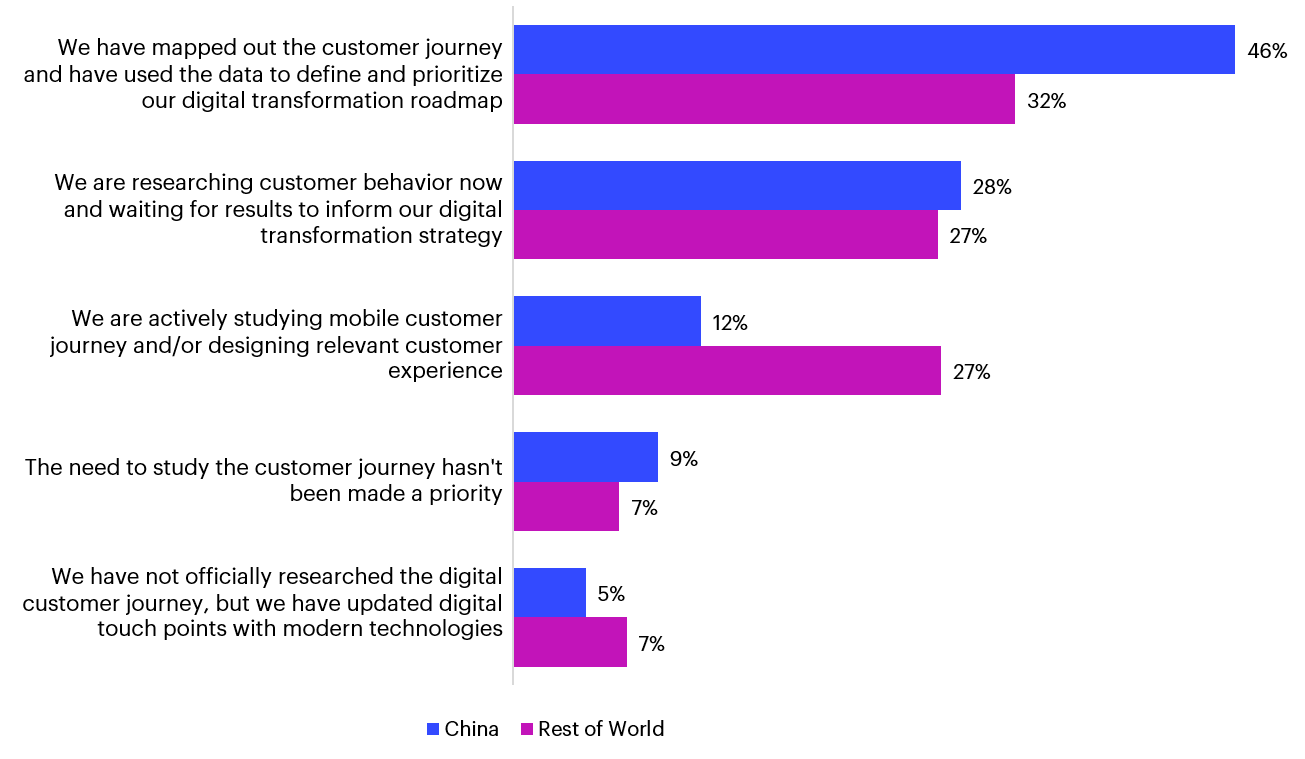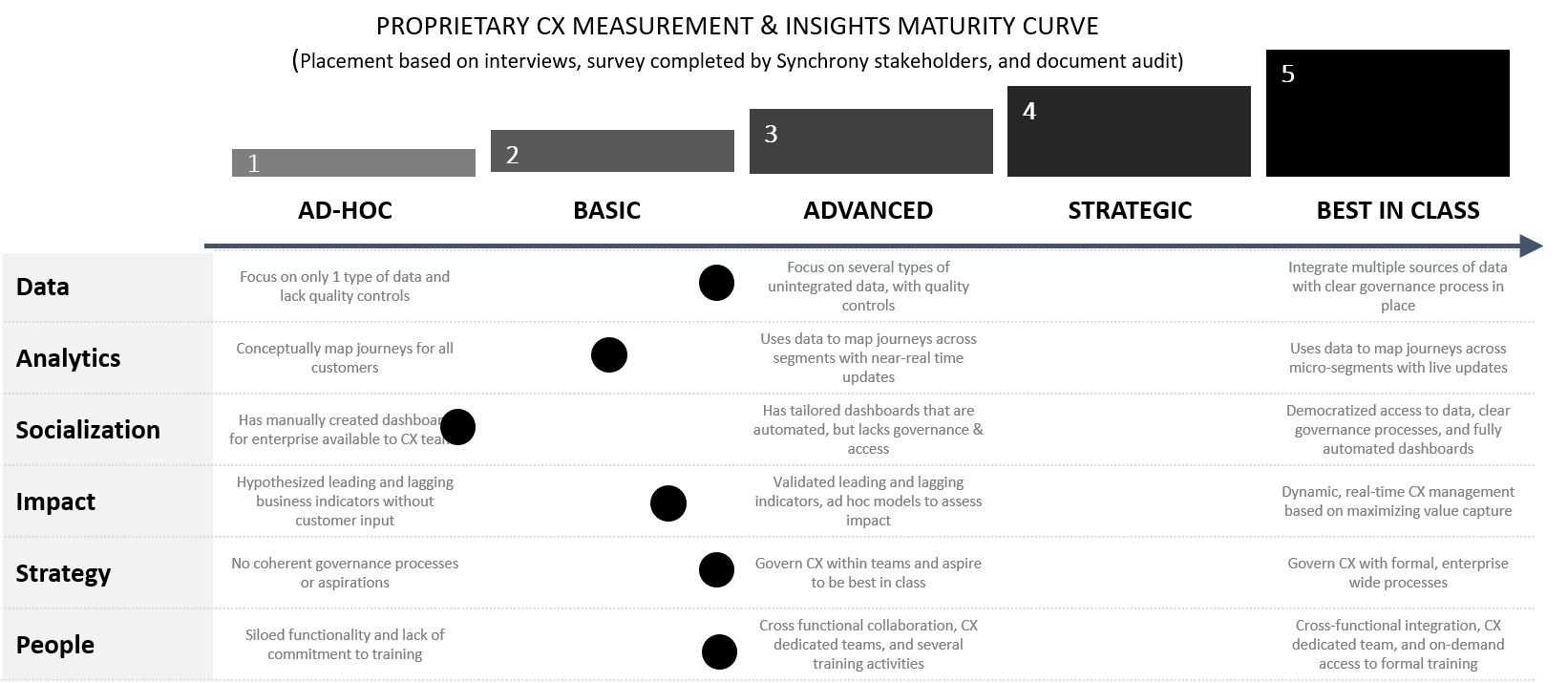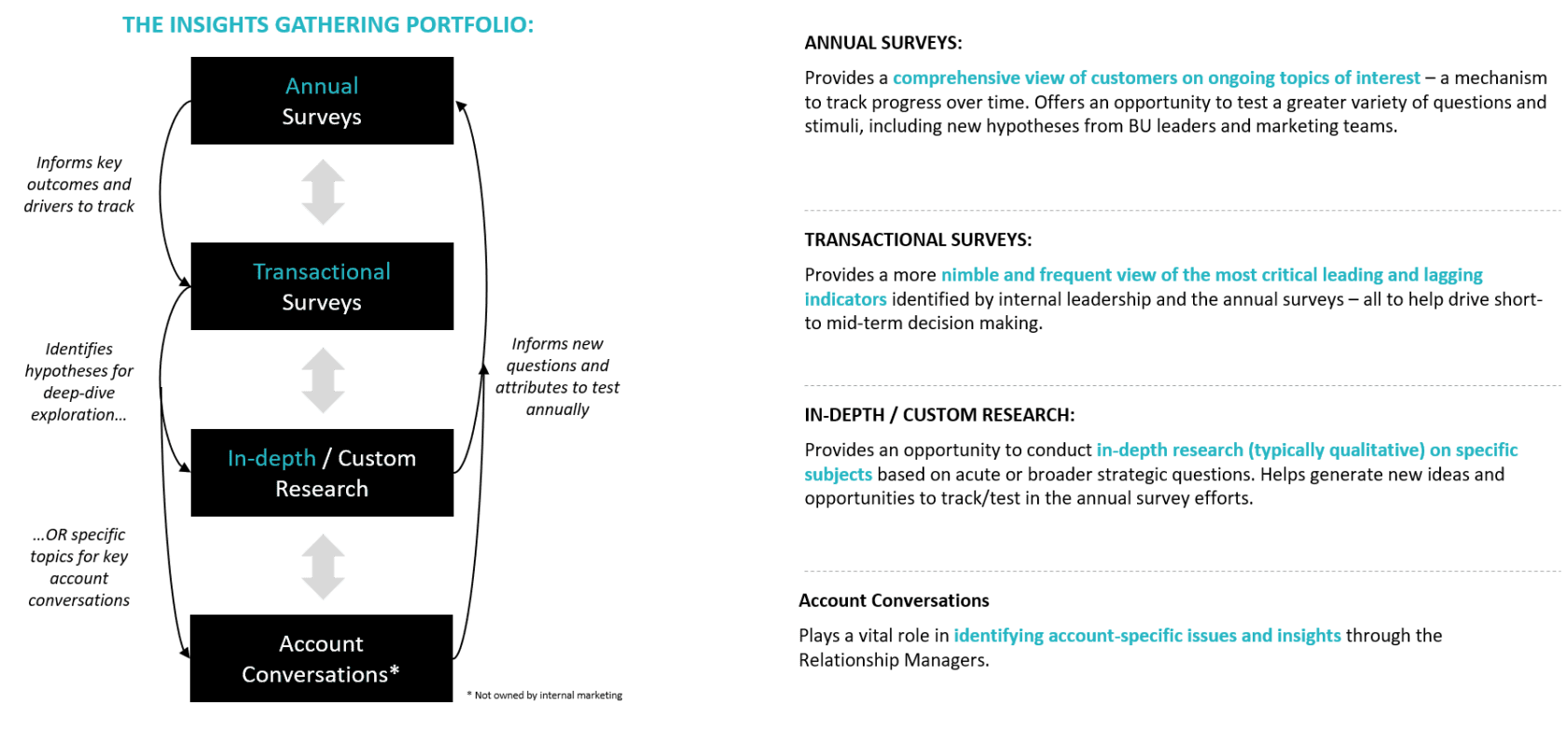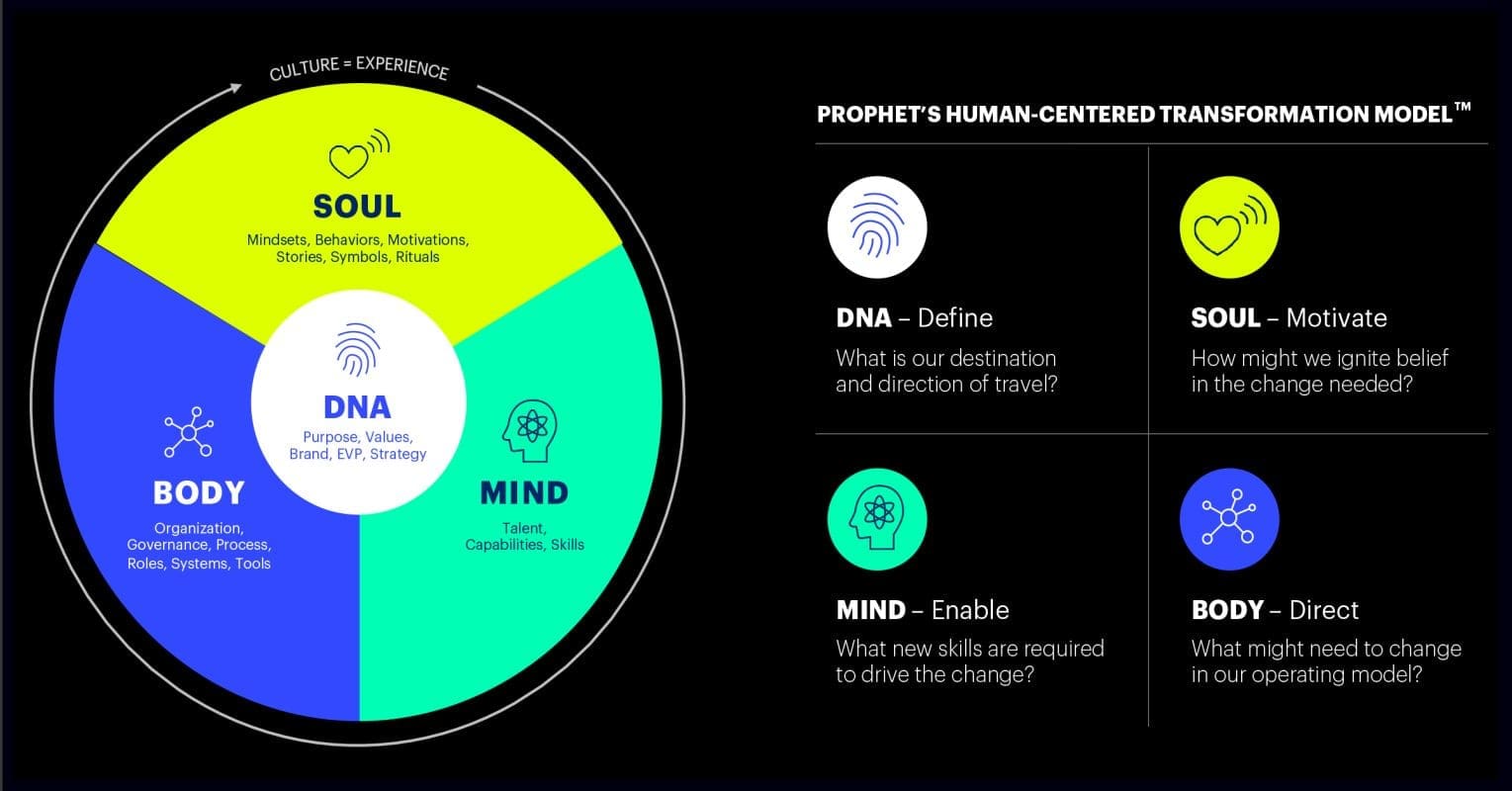BLOG
5 Ways Digital is Reinventing B2B Selling
From driving demand to enabling sales, new tech solutions make buying easier for business customers.
We’re now several decades into the digital age and yet transformation is still profoundly changing how we work. Until recently, the most disruptive elements have been those that empower consumers, giving rise to entirely new brands and industries like Airbnb, Uber and Spotify. B2B sales organizations–and most B2B sellers–have been several steps removed from the biggest changes. Certainly, B2B companies have deployed digital technologies to enhance business performance. But, in B2B industries such as medical devices, insurance, agriculture and business software, disruption has been less evident.
That’s changing fast, as smart B2B companies race to rethink their selling strategies. Access to data, information and channel alternatives has arrived in B2B and it’s changing the selling landscape. Intermediaries– hospitals, farm cooperatives and brokers, for example–no longer have a monopoly on data. The ability to collect customer data, store it centrally via the cloud and migrate it with orchestration across platforms is quickly breaking down legacy system silos. Data aggregators are emerging, providing a more complete view of the customer. For the first time, end-to-end customer data is a reality in B2B.
The impact of these relatively new changes is transformational. The most evolved B2B companies are reinventing the way they sell and finding ways to increase growth dramatically. But many B2B companies are still struggling to find the best path to modernize selling to accelerate growth.
The Five Digital Shifts Impacting B2B Selling
At Prophet, we see the impact of digital in B2B selling in five selling shifts:
- Digital sales enablement
- Digital outsourcing
- Digital relationship development
- Data-driven solutions
- Digital demand generation
We’re working with clients to tap into each of these shifts more effectively, leveraging these future-proofing strategies to achieve uncommon growth:
- Digital Sales Enablement:
This is the shift where many B2B companies have already made substantial progress by using digital tools and data to enable sellers to become more effective. Sales enablement tools, including Salesforce, Oracle and SAP are so well embedded that they are expected to be a $5 billion market within three years[1]. These platforms, networks and apps help individual salespeople achieve more and help sales teams work more effectively.
In the past few years, these platforms have shifted from customer relationship management to helping customer teams more fully engage the entire customer decision-making team. The advantages are immediate: Better equipped and coordinated salespeople accomplish more. They increase revenues, strengthen customer relationships and stay with companies longer.
- Digital Outsourcing:
Companies are shifting more of selling’s routine chores to digital functions because studies of sales time utilization indicate two-thirds of a typical sales person’s day is spent on non-selling tasks[2]. Outsourcing frees-up sellers to focus on what they do best: building and expanding human relationships.
Many early efforts included more precise targeting, better sales resource planning and automating routine order-taking functions. More advanced B2B companies are also successfully making it easy to order spare parts or accessories online and handling problem resolution with advanced AI bots and call centers. These new tools make freeing up the sales persons’ time to develop relationships while increasing team efficiency and effectiveness through improved resource deployment.
- Deepening Relationships:
The combination of new, more targeted vehicles such as LinkedIn advertising to reach B2B decision-makers with compelling content like video and virtual reality has opened up a shift called account-based marketing (ABM).
ABM is more personalized and tailored to the needs and criteria of individual decision-makers than traditional push email and digital advertising campaigns. It is also an integrated effort that coordinates the use of salesperson interaction and digital engagement for maximum impact and efficiency. The digital components also extend engagement into an anytime, anywhere experience through the 24/7 advantages of online and mobile vehicles.
“While the full impact of digital transformation on the sales process is still evolving, it’s clear that the classical model–where marketing and communications generated interest while the sales team closed the deal and expanded relationships–is dead.”
- Data-Driven Solutions:
Oceans of data flooding the B2B value chain are shifting what sellers sell as well as how they sell. As suppliers gain greater access to data about their customers–and their customers’ customers–they have expanded the playing field for moving from selling products and services to providing data-driven solutions.
Infused with analytics and insights, solution-sellers can more readily mix the elements of the customer value proposition including pricing, value realization, value-added services, experiences and core offer innovation to suit the customers’ particular needs. In a data-driven world, they are better able to extend solutions into partnerships with other providers and make them interoperable with the customers’ systems and the ecosystem of the industry. These strategic decisions are also blurring the lines between sales, R&D, marketing and operations and demanding better leadership and teaming behaviors from sales team members and other functions.
- Demand generation:
This may be one of the most exciting and rapidly evolving areas of B2B selling, particularly in intermediated businesses. The explosion of data and a rapidly expanding set of vehicles to reach B2B decision-makers among the customers’ customer is making it possible to create direct relationships with them. These channel and content alternatives are enabling established sellers to generate demand in three principal ways:
- Bypassing the intermediary to sell directly
- Generating sales pull through the intermediary
- Hybrids of 1 and 2 where smaller size customers or certain offerings go direct, and larger size customers or parts of the portfolio are sold via intermediaries.
The Organization Imperative
All five of these B2B selling shifts spark the need to rethink the organization, redefine the roles of sales, marketing, e-commerce, data analysis and customer research and build new, often agile ways, for these teams to work together. It also requires rethinking the digital stack of how platforms and data work together in a way that can support the shifts and adapt to future changes.
Generally, we see a blurring of the roles of sales and marketing as digital investments that were previously the domain of communication-oriented marketers are redeployed to accelerate selling momentum. While the full impact of digital transformation on the sales process is still evolving, it’s clear that the classical model–where marketing and communications generated interest while the sales team closed the deal and expanded relationships–is dead.
And while we realize that B2B selling in many companies may never be fully automated, it’s essential to acknowledge how much digital can do to make it more efficient, not just more effective. Research consistently shows that the top 20 percent of a sales team is truly productive, while the bottom half often has a neutral or even negative impact on revenue growth. Hiring and training humans gets more expensive all the time, while the cost of using digital tools to find, target, serve and support customers in routine areas is plummeting.
—
[1] Jim Lundy, Lead Analyst, Aragon Research, 2017 “Aragon expects the worldwide sales engagement platform market to grow from U.S. $1.57 billion in 2017 to $5.59 billion by 2023.”
[2] Salesforce.com, Top Productivity Trends, Salesforce Blog, 2019
FINAL THOUGHTS
We don’t expect many B2B companies to be able to modernize selling without bumps and hiccups. The key to tackling these bumps is to think through the shifts and build momentum while in parallel developing and enhancing the organization’s capabilities to handle these shifts.
Our marketing and sales consulting practice helps B2B companies around the world overcome disruption and identify paths to achieving uncommon growth. Contact us to learn how we can help you.



